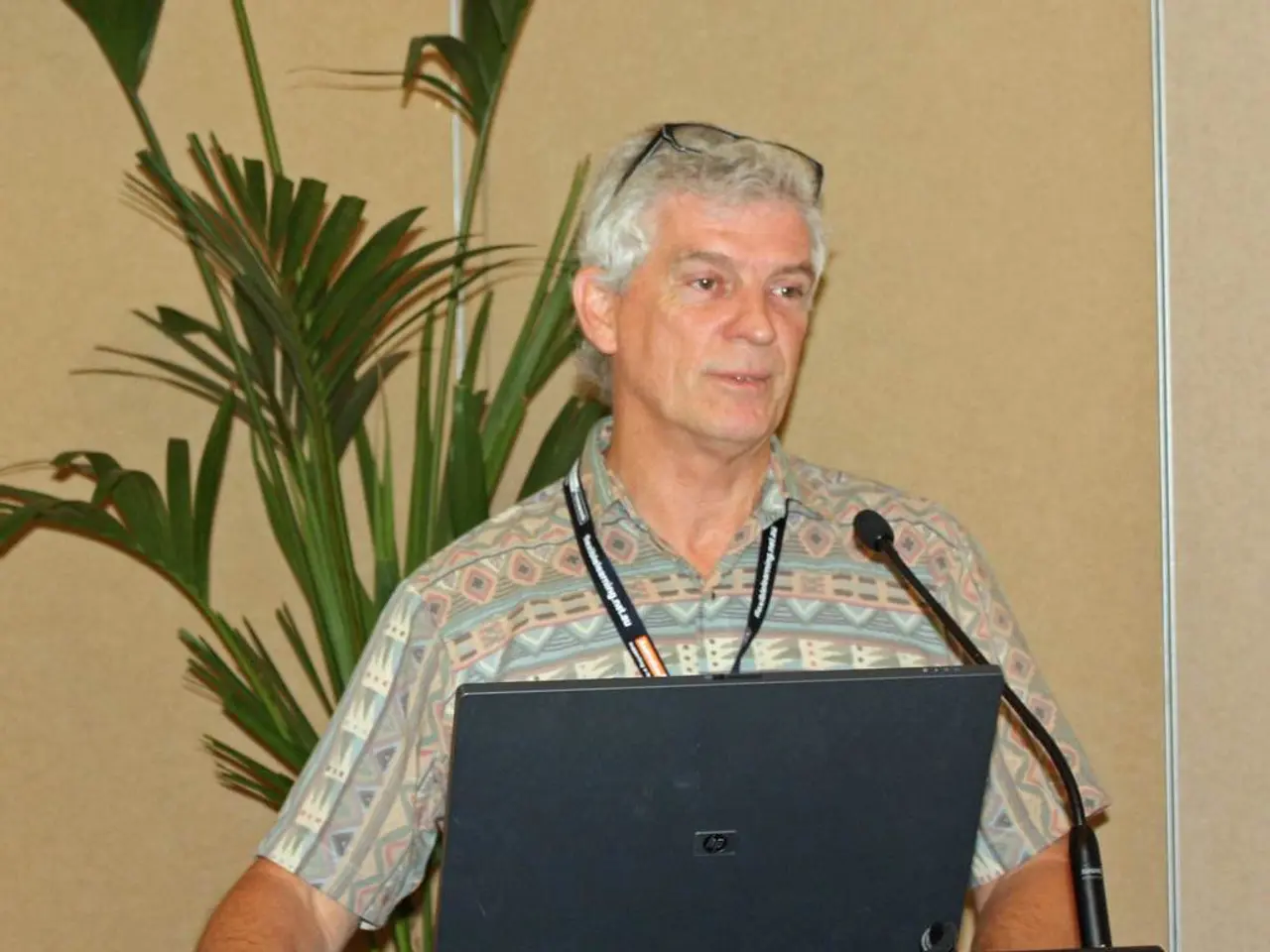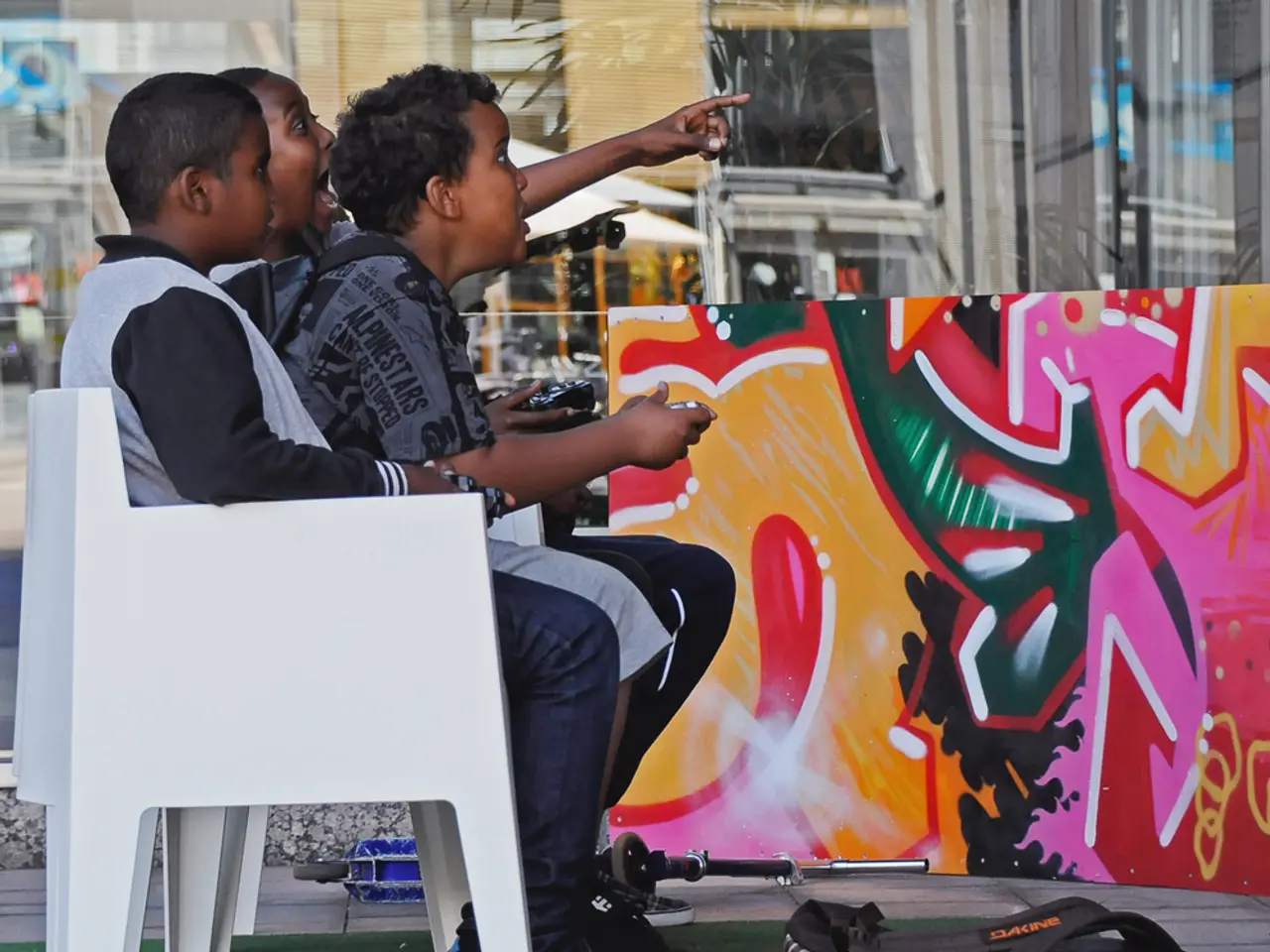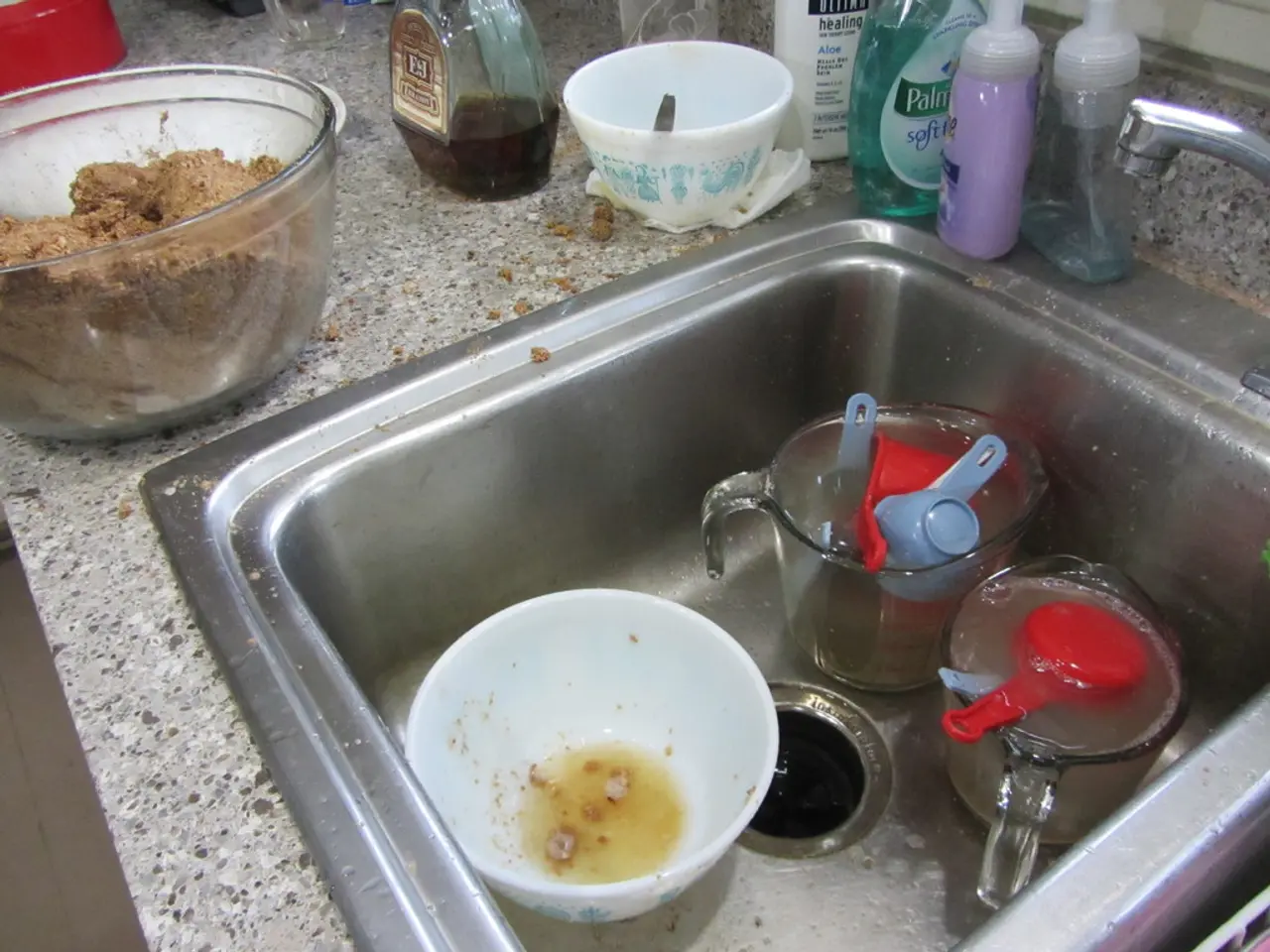Paul Kagame, the President of Rwanda, pays a visit to the Massachusetts Institute of Technology (MIT)
MIT and Rwanda Strengthen Collaboration in Climate Research, Education, and Innovation
Yesterday, President Paul Kagame of Rwanda visited MIT to discuss and expand the existing collaboration between the two entities. The round-table discussion centred on three key areas: environment, online learning, and innovation and entrepreneurship.
During the meeting, Robert Armstrong, the director of MITEI, emphasized the possibilities around solar research and work on microgrids for providing energy in villages. He also highlighted the potential for further research in solar energy, a crucial step towards sustainable development in Rwanda.
In the environmental sector, President Kagame expressed his desire to connect the discrete projects between MIT and Rwanda and to identify further areas for collaboration. Haba, the Permanent Secretary of the Ministry of Education, will lead future discussions on behalf of his administration, with the close involvement of the University of Rwanda. The President also mentioned his interest in the Rwanda-MIT Climate Change Observatory Project, which aims to advance climate monitoring and resilience research in Rwanda using remote sensing and ground-based data.
Mt. Karisimbi will join the MIT-led multinational Advanced Global Atmospheric Gases Experiment (AGAGE) network. This observatory will measure temperature, winds, humidity, carbon dioxide, methane, carbon monoxide, ozone, nitrous oxide, and over 50 other greenhouse gases and air pollutants, providing rigorous data and insights to inform climate policy and environmental protection. An interim observatory has been set up on Mt. Mugogo to train local technicians.
Rwandan researchers will gain the capability to calculate regional greenhouse gas sources and sinks, climate change, and air pollution. This collaboration is a significant step towards building a world-class observatory on Mt. Karisimbi, run by local researchers, to measure climate change and the atmospheric gases forcing climate change.
In the realm of online learning, President Reif mentioned that 1,700 Rwandans are taking courses through edX, the online learning platform founded by MIT and Harvard University. Esther Duflo discussed the potential of online learning tools for teaching development economics and other subjects to those working to effect change.
The visit also aimed to explore broadening the collaboration's scope. Tavneet Suri, the scientific director for Africa for J-PAL, updated Kagame on current and possible engagements, including preventative measures for HIV among adolescent girls and a water-tank project. J-PAL is also helping Rwanda build capacity for its senior civil servants and academics.
Kofi Taha, associate director of D-Lab, expressed the hope that D-Lab might be helpful to Rwanda's "Vision 2020" initiative. The latest available search results do not contain information on the current status or future plans specifically regarding the collaboration between Rwanda and MIT, nor any details about the Rwanda-MIT Climate Change Observatory Project at Mt. Karisimbi. However, the discussion showed good potential for greater collaboration, as agreed upon by Reif and Kagame at the close of the meeting.
For the most current and precise information, it is recommended to consult the official websites of MIT D-Lab or Rwanda's Ministry of Environment or to contact representatives from the Rwanda-MIT partnership directly, as such collaborations often evolve with new funding cycles and project phases that may not yet be broadly reported in indexed sources.
- MIT and Rwanda's collaboration in climate research, education, and innovation was strengthened as President Paul Kagame of Rwanda visited MIT to discuss possible enhancements.
- The round-table discussion focused on three key areas: environment, online learning, and innovation and entrepreneurship.
- Robert Armstrong, director of MITEI, highlighted the potential for solar research and microgrid energy provision in villages as a key area of solar energy research.
- In the environmental sector, President Kagame expressed a desire to connect existing projects between MIT and Rwanda, with Haba, the Permanent Secretary of the Ministry of Education, leading future discussions.
- The Rwanda-MIT Climate Change Observatory Project, focused on advancing climate monitoring and resilience research in Rwanda, was also a topic of interest.
- Mt. Karisimbi will join the MIT-led multinational Advanced Global Atmospheric Gases Experiment (AGAGE) network, measuring various greenhouse gases and air pollutants.
- This collaboration will allow Rwandan researchers to calculate regional greenhouse gas sources, climate change, and air pollution, contributing to a world-class observatory run by local researchers.
- Approximately 1,700 Rwandans are currently taking courses through edX, the online learning platform founded by MIT and Harvard University.
- Esther Duflo discussed the potential of online learning tools for teaching development economics and other subjects to those working to effect change.
- The visit aimed to explore broadening the collaboration's scope, with Tavneet Suri updating Kagame on current and possible engagements, including HIV prevention among adolescent girls and a water-tank project.
- Kofi Taha, associate director of D-Lab, expressed hope for D-Lab's involvement in the "Vision 2020" initiative.
- For the most updated information, it is recommended to consult the official websites of MIT D-Lab or Rwanda's Ministry of Environment or contact representatives from the Rwanda-MIT partnership directly.




